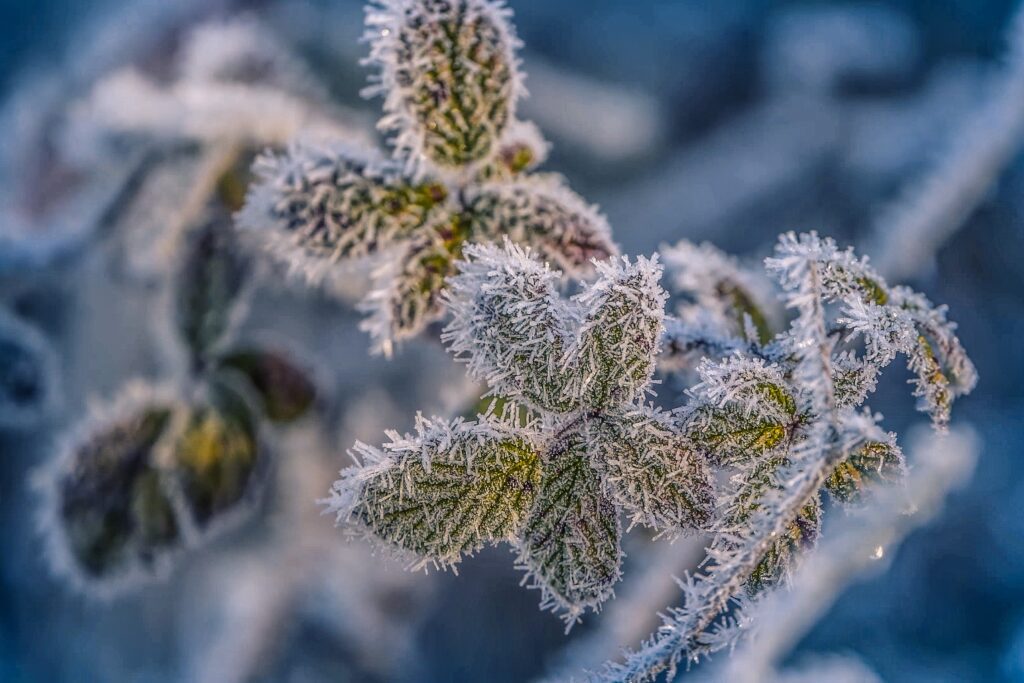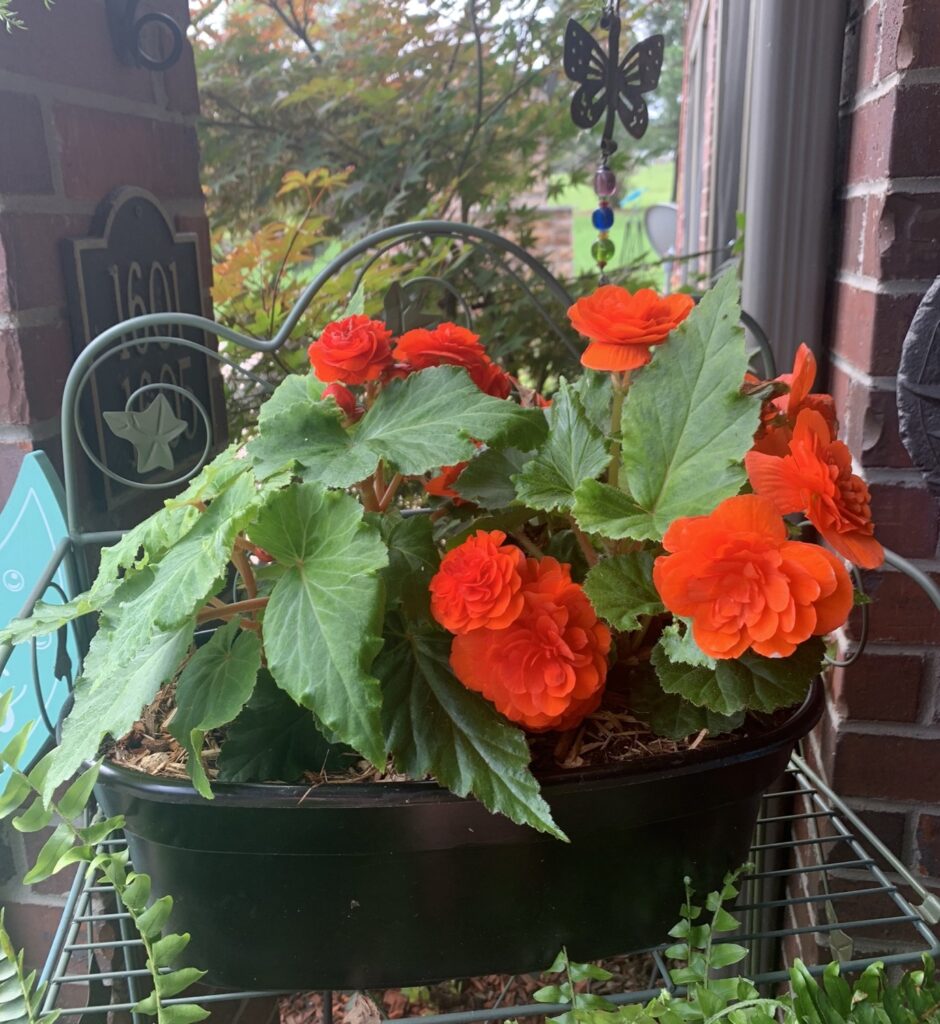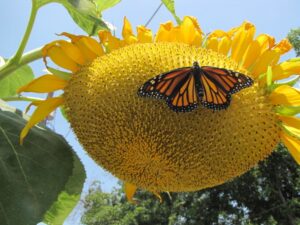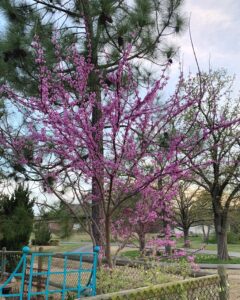Kathy Berryhill
Creek County Master Gardener
Reminder: MG Up With Trees Event will be held Nov. 13 at 10:30 at the Sapulpa Library in Frank Hall.
The average freeze date for our area is November 15. Judging from the predicted weather forecast for the next 10 days, there is ample time to prepare plants for the colder weather. Now is the time to “spring” into action to help plants survive dropping temperatures without damage.

My first thought when hearing of a pending freeze, is to trim cannas to the ground. These beautiful plants provide a huge bloom all season, but if they suffer a freeze, the leaves tend to “melt”. It only takes one year of trimming the gooey mess to learn that this activity needs to happen prior to a low temperature. The canna tubers in our area typically overwinter in the ground just fine, but an extra layer of mulch makes a nice blanket of protection.
Next consider if you have bulbs that will not survive the winter. Mesonet reports that our current 2” ground temperature is 53 degrees, but that will change rapidly as the air temperature drops so go ahead and take care of the more tender bulbs now. Caladium bulbs and dahlias tubers will benefit from being stored safely away. Begin by gently digging up (lifting) the bulbs or tubers. Dahlias stems and leaves can be trimmed off. Caladium bulbs get energy from the leaves as they die back, so don’t cut them yet. Rinse the dirt off now and carefully inspect for disease. If found, remove the diseased part and throw it away to limit its spread. Let the tubers or bulbs dry completely and then store in an area that has good air circulation, is dry and gets limited sunlight. It’s important that the bulbs and tubers do not freeze while being stored.
Next, prepare container plantings for the cold. Most plants from large containers can be dug up and planted in small pots to be kept in the garage for the winter. Watering these plants occasionally should get them through until spring. Place a container under the pots to hold any water overflow.

Some pots and containers cannot withstand the freezing and thawing that our winter will bring. These pots need to be protected from the elements by being brought inside, or moved to an area where they will not be subjected to rain and snow. It’s surprising how many plants will come back to life when our season changes again. If a pot is to be moved inside and it still has plants in it, reduce plant stress by pruning the plant back severely. With the reduced heat and sunlight, the plant will most likely go dormant, decreasing the need for nutrients and water. If a container can be left outdoors, add protection for plants by mulching. Some of my larger pots contain cannas and summer phlox and with added mulch, they have re-bloomed after being left outside.
All beds that contain plants will benefit from a few inches of mulch. The mulch will help prevent moisture evaporation and serve as a blanket to protect roots. Smaller trees and bushes will also benefit from 3”-4” of mulch. Take care not to cover the root ball with mulch as roots can grow up and into the mulch causing stem girdling which can kill trees. This is seen on young trees planted within the last few years. Mulching around the trunk of a plant can also hide decay and dead spots on the lower trunk and major roots.
While we have had some needed rainfall recently, keep an eye on the ground moisture level as the temperature drops. Roots can withstand the cold better with ample moisture. Mesonet,org is a good resource for determining soil moisture.
Withhold pruning most outdoor plants until early spring to prevent new growth. The new growth will be subject to freeze damage as it will not have time to harden off. The exception to this is annuals and perennials that come back from the roots. If the plant has seed heads, they can be left for the birds to munch on, but most small plants can be trimmed to tidy the garden.
An exception to this is the care of rose bushes. When the weather begins to change, prep the rose plants for their dormant season. Begin by removing the dead blossoms. Prune off any dead leaves,stems or canes, to 2′-3′. Pruning rose plants after the last bloom stores the rose’s energy during the dormant season. Remove all dead or fallen leaves from around the rosebush as they may carry disease and encourage damaging insects. Finally, mound mulch 8-10 inches around the crown.
Hoses need to be removed from outdoor faucets prior to a freeze to help protect pipes from freezing, swelling and bursting. This is a good time to bring in hoses, sprayers and sprinklers for winter maintenance and storage. If you use a drip irrigation system, unhook them from the faucet before the freeze. Remove the end cap to allow water to drain out of the line. Additionally, the timers installed on many systems need to be removed and stored inside. A hard freeze will render them useless.
It’s a busy time for gardeners, but a few simple steps will pay off to help protect our investment into our landscape! Happy Gardening!










